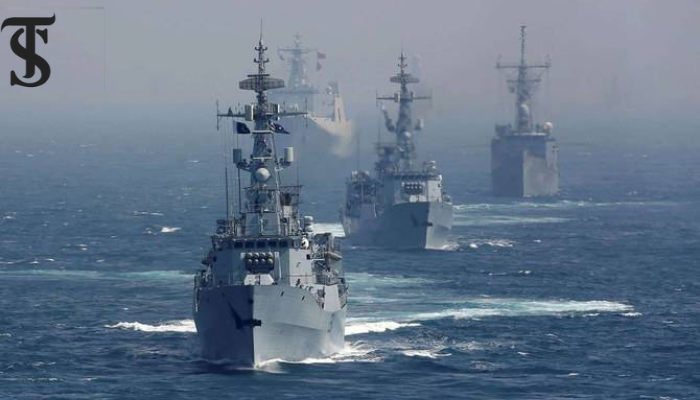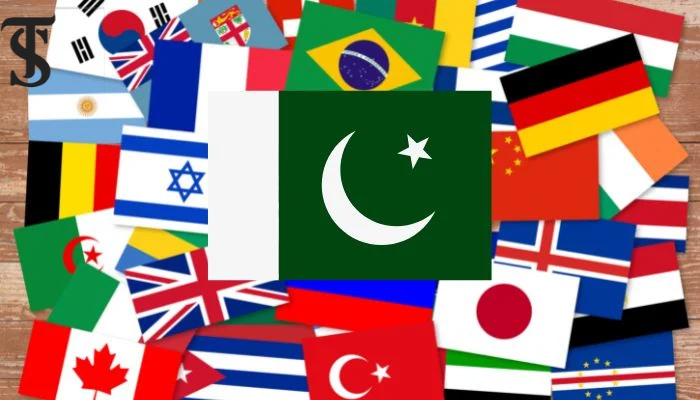BRICS and Its Strategic Divergences

- BRICS follows a geo-economic model prioritizing economic partnerships, trade, and connectivity over geopolitics.
- Member states like China, Brazil, Russia, India, and South Africa use economic strategies for self-interest and global influence, often through neo-mercantilism.
- The coalition reflects a post-Cold War shift toward competitiveness and economic dominance, rather than cooperative idealism.
BRICS, primarily composed of emerging economies, is driven more by geoeconomics than geopolitics. Despite their differing geopolitical approaches—often aligning with opposing blocs—they have still managed to form coalitions. How is this possible? Is there a paradigm shift in their policies? Or are they so entrenched in nationalistic interests that they overlook their contradictions?
Mikael Wigell, in his research, “Conceptualizing regional powers’ geo-economic strategies,” sums up that there has been a major shift in regional powers’ policies after the Cold War, namely geo-economic and geopolitical. The post-Cold War era is characterized not so much by political or ideological rivalry but by economic competition. At that time, the two new approaches were adopted with two interdependent means and ends (political or economic). Some powers adopted economic strategies as a means to achieve political objectives (neo-imperialism, a formal name for the empire ) while others used them not to pursue some immediate geopolitical project but to achieve economic power objectives as such (neo-mercantilism).
The regional powers either deployed competitive realism (imperialism, mercantilism) or cooperative idealism (liberal institutionalism, hegemony). Liberal institutionalism BRICS, if observed, Keenly, falls in the former. Among the BRICS, between the said two models, the geo-economic one is at play. Realism explains the world in an anarchic manner and focuses on the self-centric thinking of nations and the role of power. The model that the BRICS follows is realism, mostly in economic terms. This model relies upon economic partnerships, trade, and connectivity. The BRICS states help each other to reach the smaller regional states on different continents for their economic ends.
Starting with the case of China, it has invested over $1 trillion in the Belt and Road Initiative (BRI). It has defined its interests in purely economic terms, that is, having the quality of a ” trading state” and promoting a growth-based economy. The Belt and Road initiative is meant to expand China’s economic projections to reach a global market. Despite the dwindling oil reserves in the Middle East, China still wants to reach there. To argue further, it’s not meant to reach there for oil but to export its goods.
Brazil, a negotiator in Latin America, follows the same model. To quote Mikael Wigell, “Brazil views integration as a way to gain access to foreign markets and strengthen the country’s bargaining position in international economic negotiation.
Russia, during the Ukraine war, despite sanctions, managed to export its natural resources to Europe through India. It also prefers economic ends as compared to political ones. Therefore, it didn’t affect Russia as much as America had imagined. Likewise, India and South Africa also follow the same models. They restrict imports and encourage exports for economic leverage and avoid proactive political rule to devote maximum focus to national economic development and assert their say in global decision-making without interfering in the affairs.
These countries focus on zero-sum competition, that is, investing and exporting excessively in the smaller regional states and accumulating wealth, which seeks to improve the regional powers’ position in the international hierarchy while leaving the small regional states not better off.
As these policies are applied on a purely noncooperation basis, the regional powers can use economic force, economic coercion, economic imposition, and bribery to assert their decisions in favor of the smaller states that are dependent on them.
To conclude, the aforementioned policies broadly fall under ” neo-mercantilism” which purely believes in competitiveness and neglects cooperation based on idealism. The above-formed coalition seems to be the result of the new strategies adopted after the Cold War.
The views and opinions expressed in this article/paper are the author’s own and do not necessarily reflect the editorial position of The Spine Times.
Younas Nasar
The author is a student of Public Policy at The Government College University, Lahore.





